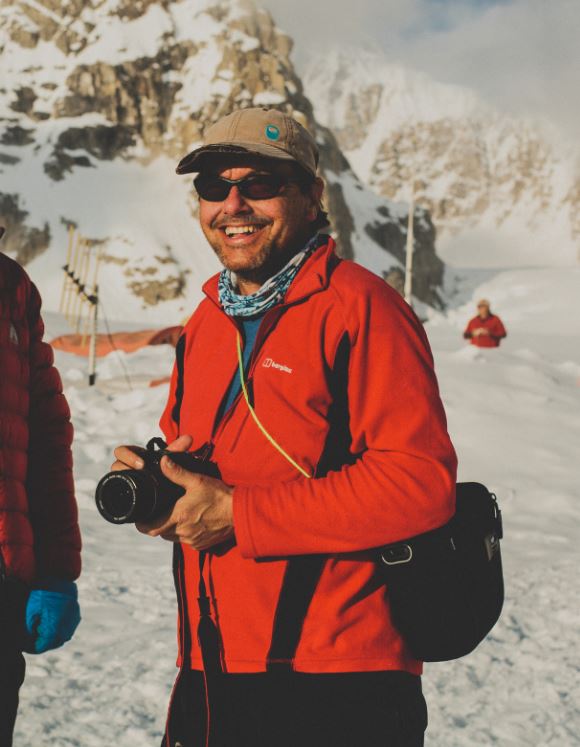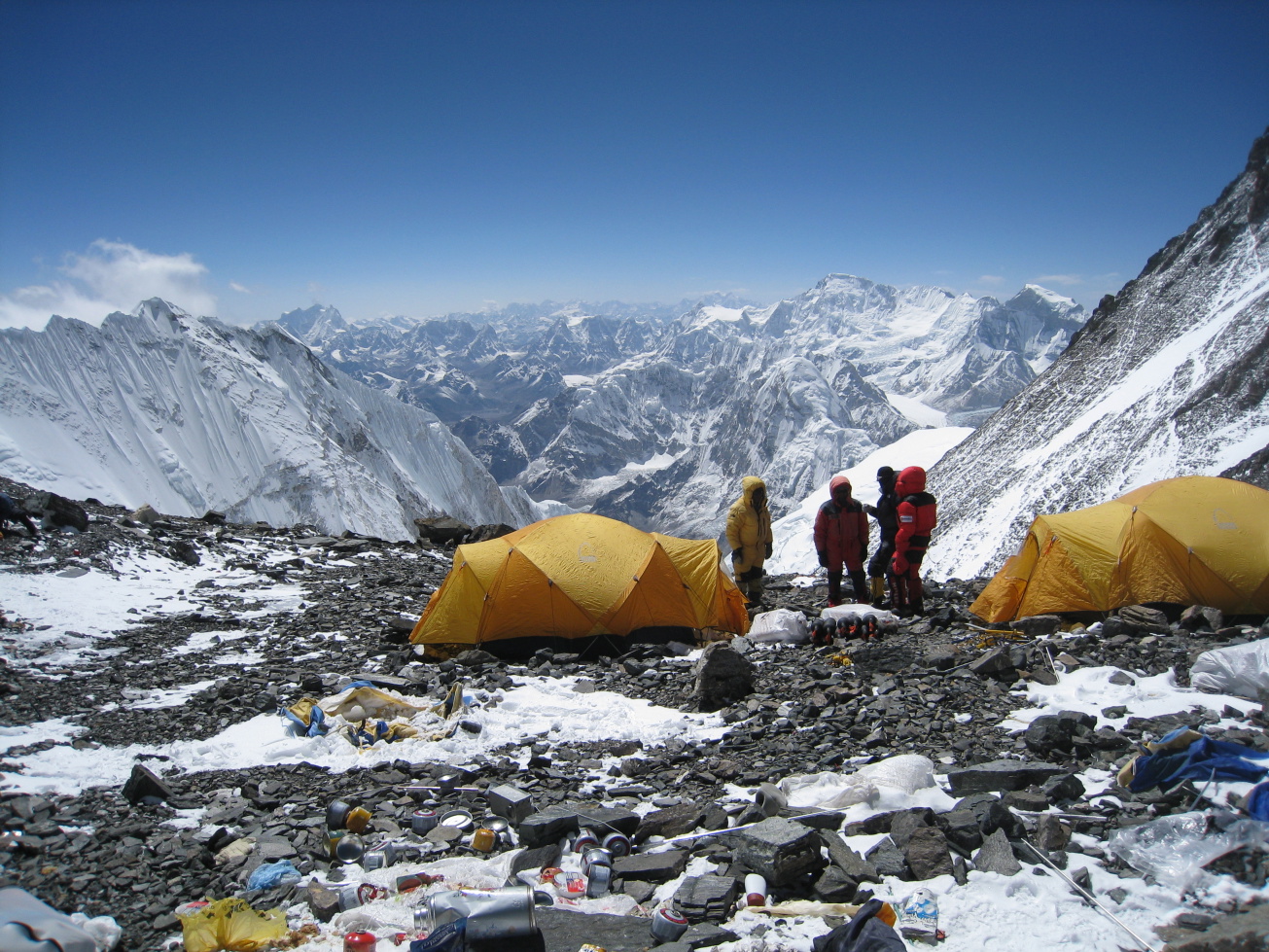
Here are the Best Mountains to Climb Around the World
There are some excellent climbs that almost anyone can conquer with the right level of fitness and determination.
We implore anyone who has the physical ability to give mountain climbing a go. It’s one of the best feelings when you reach the top. As well as the incredible scenery that you’ll see along the way, few things in life beat that sense of accomplishment at the summit. And you don’t have to be the world’s best climber or most accomplished adventurist to tackle some of the greatest peaks. There are some excellent climbs that almost anyone can conquer with the right level of fitness and determination.
As long as you’re well-prepared and put time in to do the planning, you’ll be able to avoid those all-too-common climbing mistakes and reach your ultimate goal (getting to the top). For harder snow covered mountains, the right skills and experience will be needed, and climbing without a guide is sometimes near impossible. But no matter what your level, there are some amazing heights you can reach.
Here are the best mountains to climb around the world to inspire your next trip.
SEVEN SUMMITS
The Seven Summits are the highest peaks on each of the seven continents. This is a challenge that was created (and completed) by American businessman and mountaineer Dick Bass in 1985. It has since been a challenge that many experienced climbers have embarked on.
Everest, Aconcagua, Denali, Kilimanjaro, Elbrus, Vinson Massif and Carstensz Pyramid are the seven, and we specialise in guiding for five of these. The two we do not currently offer are Denali (an area only open to American operators) and Vinson (which is extremely expensive to climb).
KILIMANJARO:
Standing at 5,895 metres tall, Kilimanjaro is one of the most famous climbs in the world. Although its size makes it a serious challenge (and a huge achievement if you complete), it’s entirely achievable for those who are fit and healthy. There are a number of different routes you can take, depending on the scenery you want, the number of days you want to spend up there, and your budget. Our preferred route is the Machame Route because of the excellent acclimatisation and magical views.
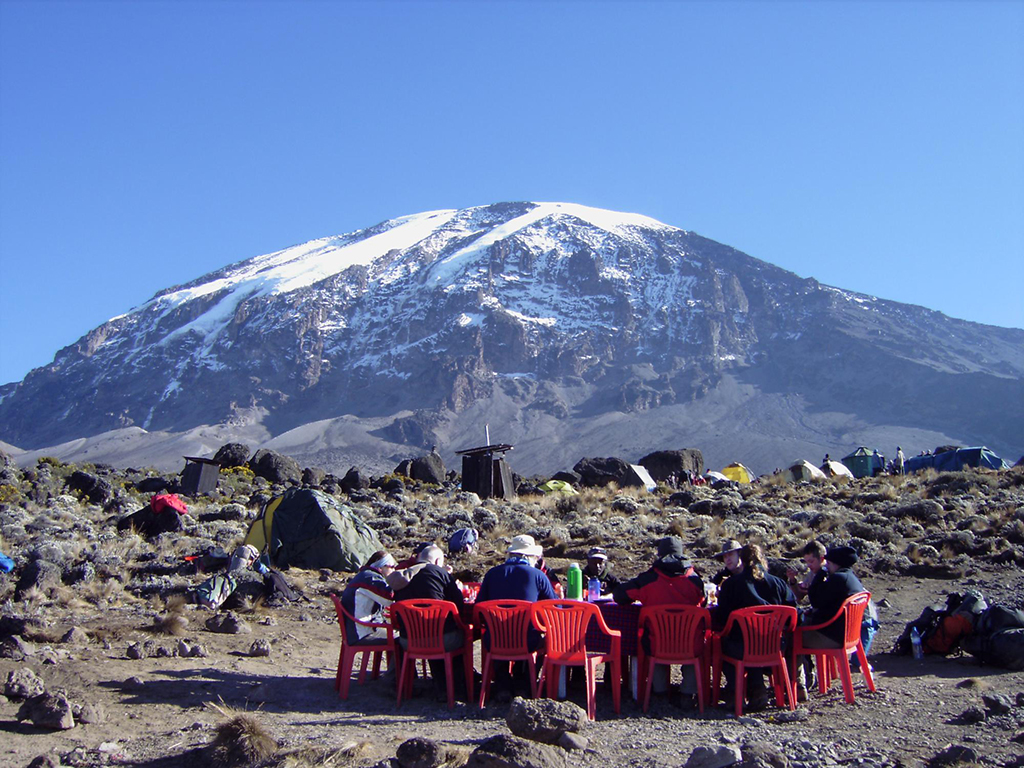
ELBRUS:
This is the most well-known climb in Russia and stands at 5,642 metres. A dormant volcano in the Caucasus mountain range, Elbrus is one of the most interesting summits in this challenge. It’s a glacier climb so crampons will be required for the ascent. There are two different routes for Mount Elbrus and we can guide you on both of these.
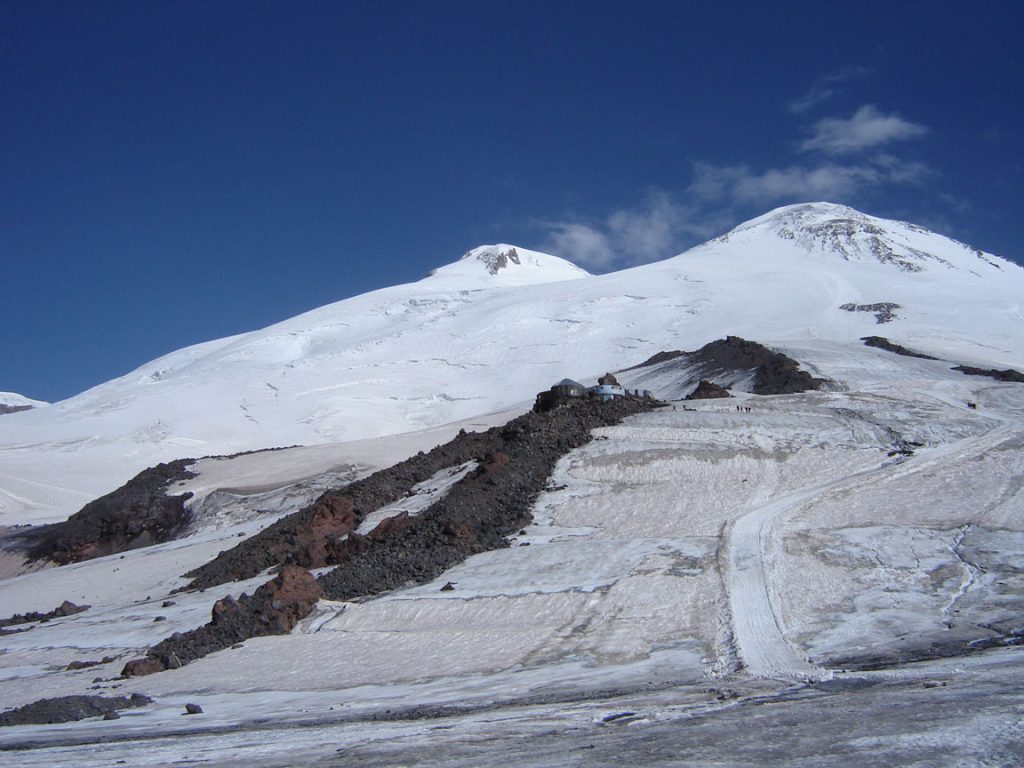
EVEREST:
The name “Everest” is enough to send shivers down some people’s spines – and for good reason. Standing at 8,848 metres, Everest is the tallest mountain in the world above sea level. It’s really only suitable for experienced climbers who are familiar with hiking in such high altitudes. The success rate is only 29%, making it one of the toughest climbs on the planet. If you choose to take on Everest, it’s essential that you train and choose an experienced, knowledgeable guide.
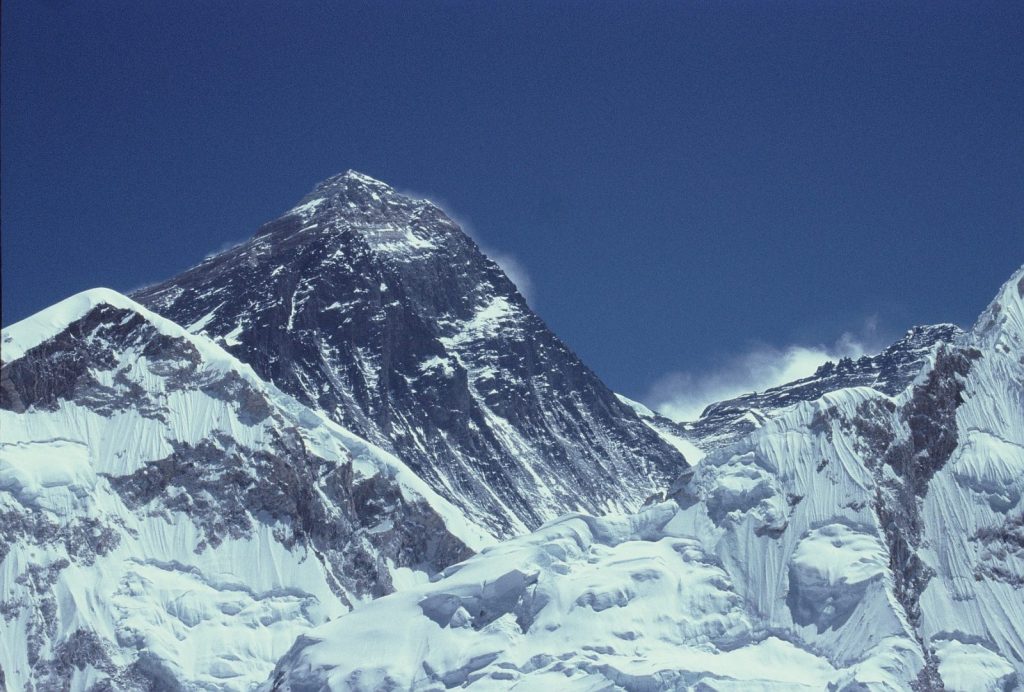
ACONCAGUA:
Argentina’s Mount Aconcagua is the highest mountain outside of Asia, being the highest in both the Southern and Western Hemispheres. It stands at 6,960 metres tall and has a 50% success rate, with over 3500 people attempting it each year. The routes are non-technical with some snow and ice, but preparation is still required for Aconcagua.
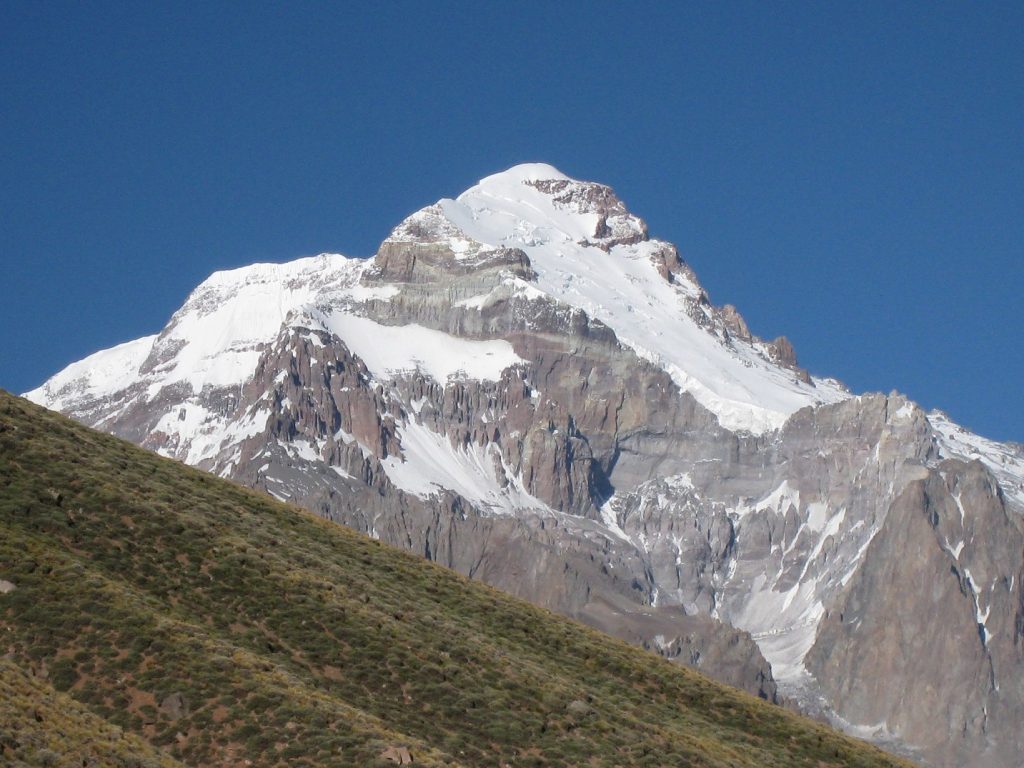
CARSTENZ:
Also known as ‘Puncak Jaya’, the Carstenz Pyramid (4,884 metres) is the highest summit of Mount Carstensz in the Sudirman Range in Indonesia. Rising above the rainforest, it offers a wonderful contrast of thick jungle and snow dusted peaks. The views are spectacular, but the diverse terrain can be challenging. This is also the only of the Seven Summits to require rock climbing skills.
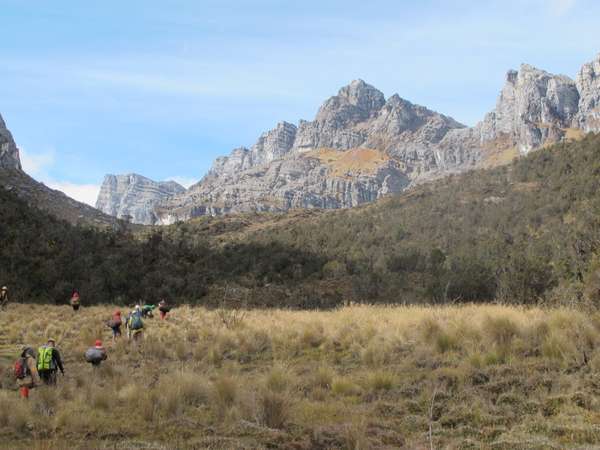
VINSON:
Located in the Antarctic, the Vinson Massif is 4,892 metres high and sits within the Sentinel Range of the Ellsworth Mountains, overlooking the Ronne Ice Shelf by the base of the Antarctic Peninsula. While it’s not technically difficult, the ascent is very cold, with temperatures as low as -40°C near the summit.
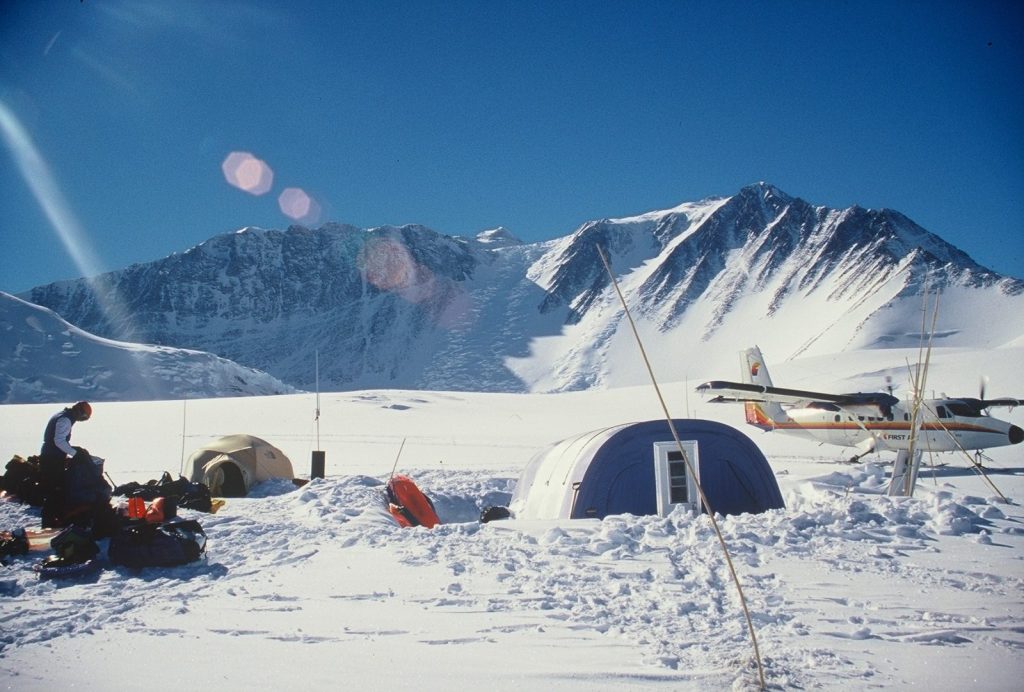
DENALI:
At 6,190 metres, Denali in Alaska is the highest mountain peak in North America. This climb can be extremely cold and stormy, especially on the upper mountain. The success rate is about 52% – technical snow and ice climbing, glacier skills, and experience with backcountry cold-weather camping are all essential.
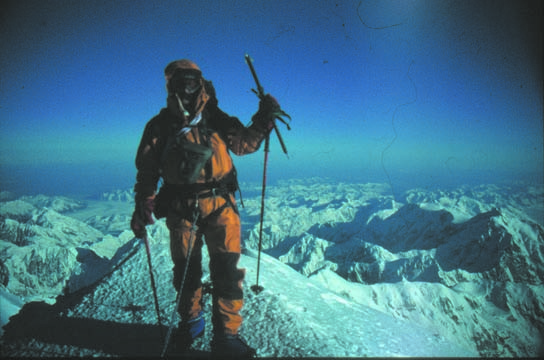
VOLCANOES
Despite the threatening thought of a rupturing lava, volcanoes tend to be easier to climb. This is due to their rounded shape compared to the usual spiky peaks. And as they also normally stand alone, rather than in a range, they’re quite attractive prospects for many climbers. There’s something kind of magical about being on just one stand-alone mountain looking down on the rest of the world. Here are the best ones to add to your bucket list.
KILIMANJARO:
Surrounded by plains of Africa, Kili is one of our favourite volcanoes to guide. It’s known as a stratovolcano, composed of three distinct volcanic cones, with its most recent activity around 200 years ago (and last major eruption 360,000 years ago). It’s also one of the Seven Summits, making it one of the tallest mountains in the world.
ELBRUS:
Another of the Seven Summits, Mount Elbrus in Russia is a dormant volcano which was formed more than 2.5 million years ago. The last eruption took place about AD 50, so there’s no threat of any activity for climbers.
CHIMBORAZO:
Although smaller than Everest at 6,268 metres, Chimborazo in Ecuador is actually the highest mountain on the planet if you measure it from the earth’s centre. Chimborazo also has a much lower success rate. While 29% of climbers get to the summit on Everest, less than 20% are able to get to the top of Chimborazo! If you’re looking for challenge, this will certainly put your skills to the test.
FANSIPAN:
This extinct volcano in Vietnam is the highest peak in IndoChina, but at 3,143 metres tall it’s fairly achievable. In fact, as long as you’re fit and healthy (and armed with determination), it can be quite an easy triumph. It can be done in one day if you’re experienced.
KINABALU:
While it’s not a volcano as such, Kinabalu is classified as a ‘batholith’. This is a large mass of intrusive igneous rock, formed when a bubble of magma came out of a crack in the earth. Mount Kinabalu in Malaysia is the youngest and highest batholith on earth, and stands at 4,095 metres high.
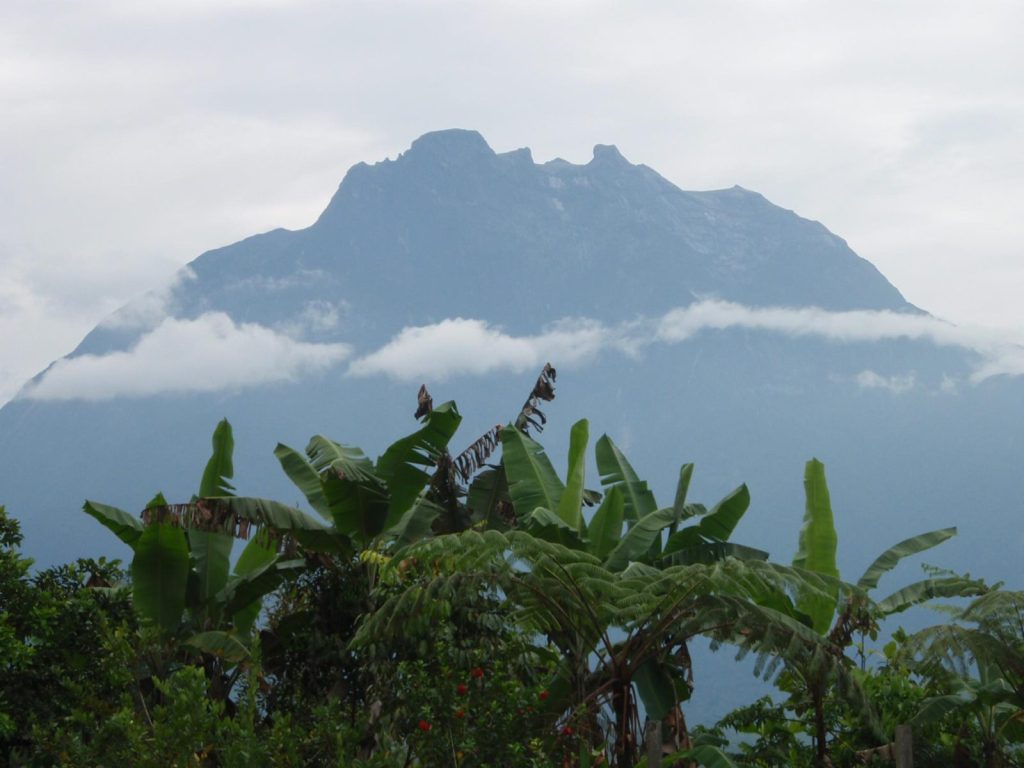
NON-TECHNICAL SNOW COVERED MOUNTAINS
If you’re in search of mountains for mere mortals (and not those who seem invincible), there are many non-technical snow covered mountains with a range of altitudes you can climb. There’s something very romantic and relaxing about the sight of snow, and that’s why so many climbers love winter expeditions.
The downsides are that it can be very cold, walking takes time, and winter means darker days. But some basic snow and ice training will get you fully prepared for the conditions ahead.
TOUBKAL:
Doing Toubkal in the winter is utterly spectacular if you want a good learning experience for winter skills. This is the sort of achievable winter peak that can train you up for something bigger. Located in Morocco and accessible from the stunning city of Marrakech, Mount Toubkal stands at 4,000 metres tall.
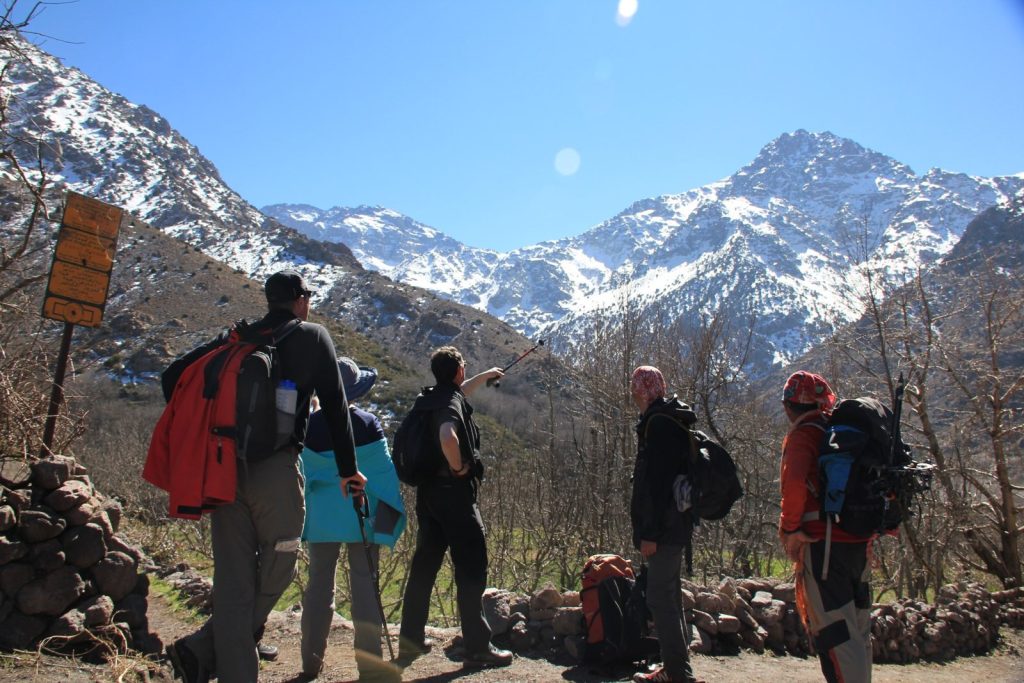
MOUNT KHUITEN:
Mount Khuiten in western Mongolia is about 4,300 metres and while it’s the country’s highest peak, it’s not considered difficult. It’s commonly climbed by people at all levels and only takes around 4 hours to complete.
MOUNT KENYA:
Sitting at around 5,000 metres, Mount Kenya is Kilimanjaro’s slightly shorter cousin. It’s also less popular with the climbing crowds, but we think that’s a good thing! Many people who do attempt it fall in love with the amazing wilderness and abundant wildlife. You’ll feel much more off the beaten track here. Not only that, but it will take half the time to complete and it’s a much more affordable trip too.
ELBRUS:
One of the Seven Summits and also a dormant volcano, Mount Elbrus is a favourite for climbers of every level. Despite being one of the highest mountains in the world, there’s an 80-90% success rate if you go from the South Side. In contrast, the North Side Route has a success rate of about 50%. Our guided climbs are fantastic experiences for those who want to gain ice and snow experience.
STOK KANGRI:
India’s Stok Kangri has an elevation of 6,153 metres, and despite its height can be climbed even by beginners. It is located part of the Stok Range of the Himalayas in the Ladakh region, accessible from Hemis National Park – and it is the highest trekkable summit in the country. Everything about it is unique, including the scenery and the atmosphere.
MERA PEAK:
Mera Peak in Nepal is 6,476 metres high and has a high success rate (around 85%). Previous winter walking experience and use of mountaineering equipment will come in handy, but the climb itself isn’t too technically challenging. Our guided trip is 21 days long and has flexibility over several days to attempt the summit.

ACONCAGUA:
Aconcagua is considered to be a relatively simple climb. There are thousands of people who attempt it each year and about half get to the top. We normally run one trip per year, and can guide on both the Horcones Route and the Vacas Valley Route. It’s one of the Seven Summits, making it a bucket list favourite.
HIMLUNG:
This Nepalese mountain sits at an impressive 7,126 metres and is located in a remote region close to the Tibetan border. Non-technical and very achievable, it’s a significant stepping stone on the journey to the world’s highest peaks.
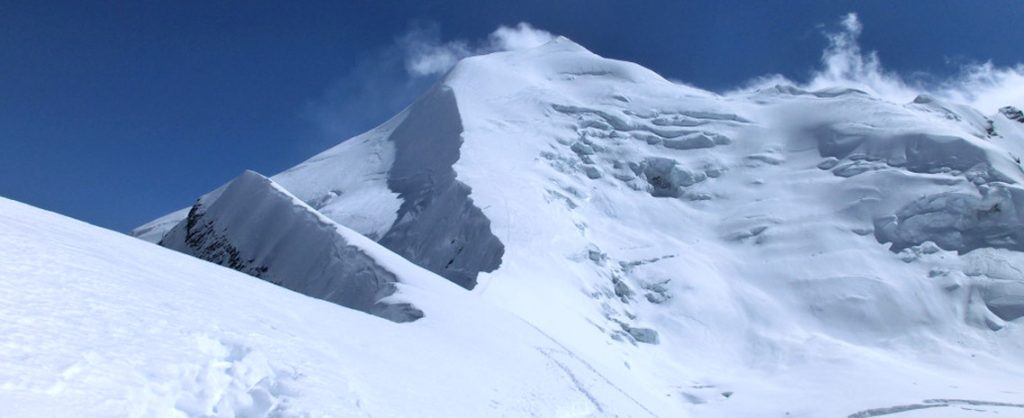
SHISHAPANGMA:
This is probably the easiest of all the 8,000+ metre peaks in Tibet. At 8,013 metres high, Shishapangma is breathtakingly beautiful and offers spectacular views. Snow and ice experience is helpful, but it’s also excellent training for those who want to brush up on winter climbing skills.
HARDER SNOW COVERED PEAKS
For those looking for a skills challenge, there are some great peaks out there that will put you to the test. These are some of the best harder snow covered peaks with reasonable access and good guiding infrastructure.
YALA PEAK:
Located inside Langtang National Park in Nepal, Yala Peak (5,732m) is a snow covered peak that is renowned for its views at the top. It won’t give you too much technical difficulty, but many still find it to be a challenge and knowing how to use technical climbing gear is a must.
ISLAND PEAK:
Also known as ‘Imja Tse’, Island Peak is a fantastic climbing challenge that will appeal to anyone who wants to experience the beauty of the Himalayas. Tucked away up the Chukkung Valley, this beautiful mountain resembles an island, thus its name. Like Yala Peak, climbing gear is required. It’s more of a technical challenge, so if you’re looking to push yourself this is one to add to your list.
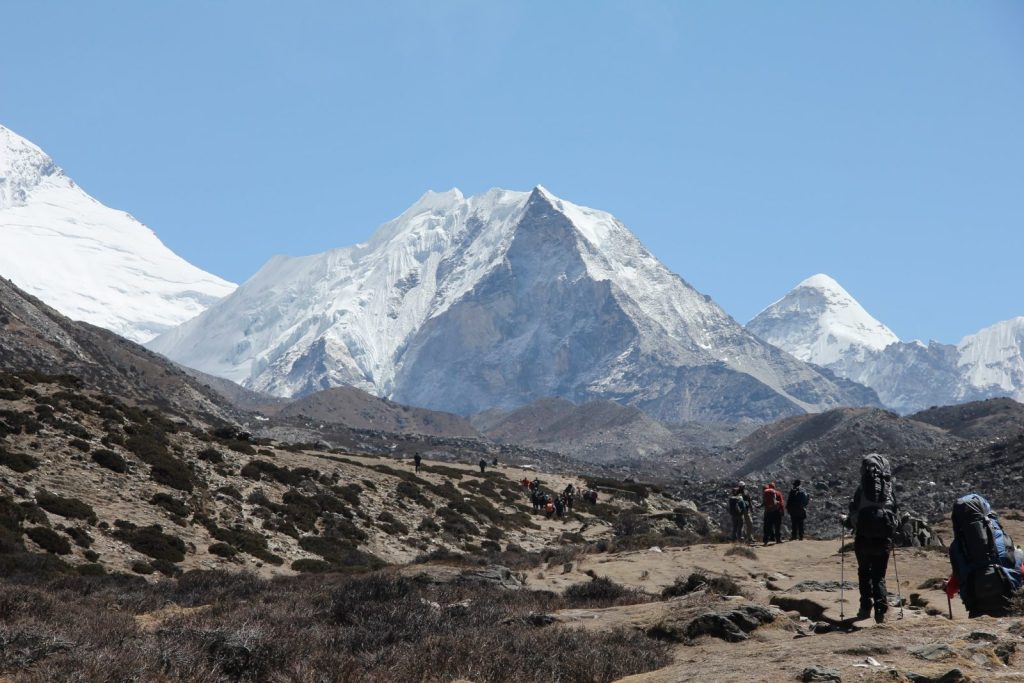
HUAYNA POTOSI:
This Bolivian mountain has an elevation of 6,088 metres and is one of the stunning white peaks surrounding La Paz. While it’s not exactly easy, it is considered to be one of the easier 6,000+ mountains and offers a wonderful Andes experience.
KHAN TENGRI:
If you’re looking for a 7,000+ expedition, Khan Tengri in Kazakhstan is a good summit to aim for. This majestic mountain does pose some danger to the inexperienced climber though. Avalanche safety knowledge is key here, and you’ll need around 21 days to acclimatise and complete. This one’s not for the fainthearted and climbing experience is absolutely necessary.
BROAD PEAK:
This incredible beast sits at 8,051 metres and is a Himalayan mountain on the border of Pakistan and China. It’s the twelfth highest mountain in the world, first ascended in the 1950s by a team of Austrian expeditioners.

EVEREST:
Although the most famous for its height, Everest isn’t the hardest technically. It deserves to be on this list for its sheer size though, and anyone who completes Everest will have accomplished a massive achievement. To climb Everest, it’s important to have a knowledgeable guide with you. At Adventure Alternative, we provide climbers with a high level of experienced Sherpa support, supplemental oxygen, base camp and high camp equipment, as well as logistical support.
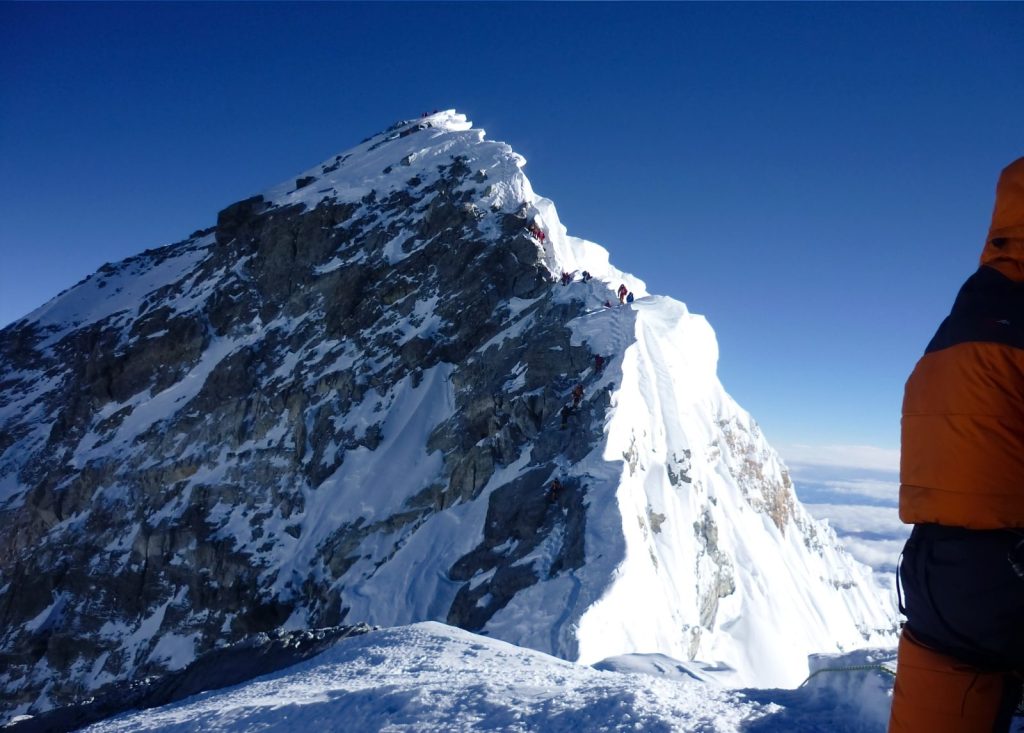
To find out more about our guided mountain climbs, take a look at the expeditions on our website. If you have any questions or are interested in booking a trip, get in touch via our contact page.
Related Articles
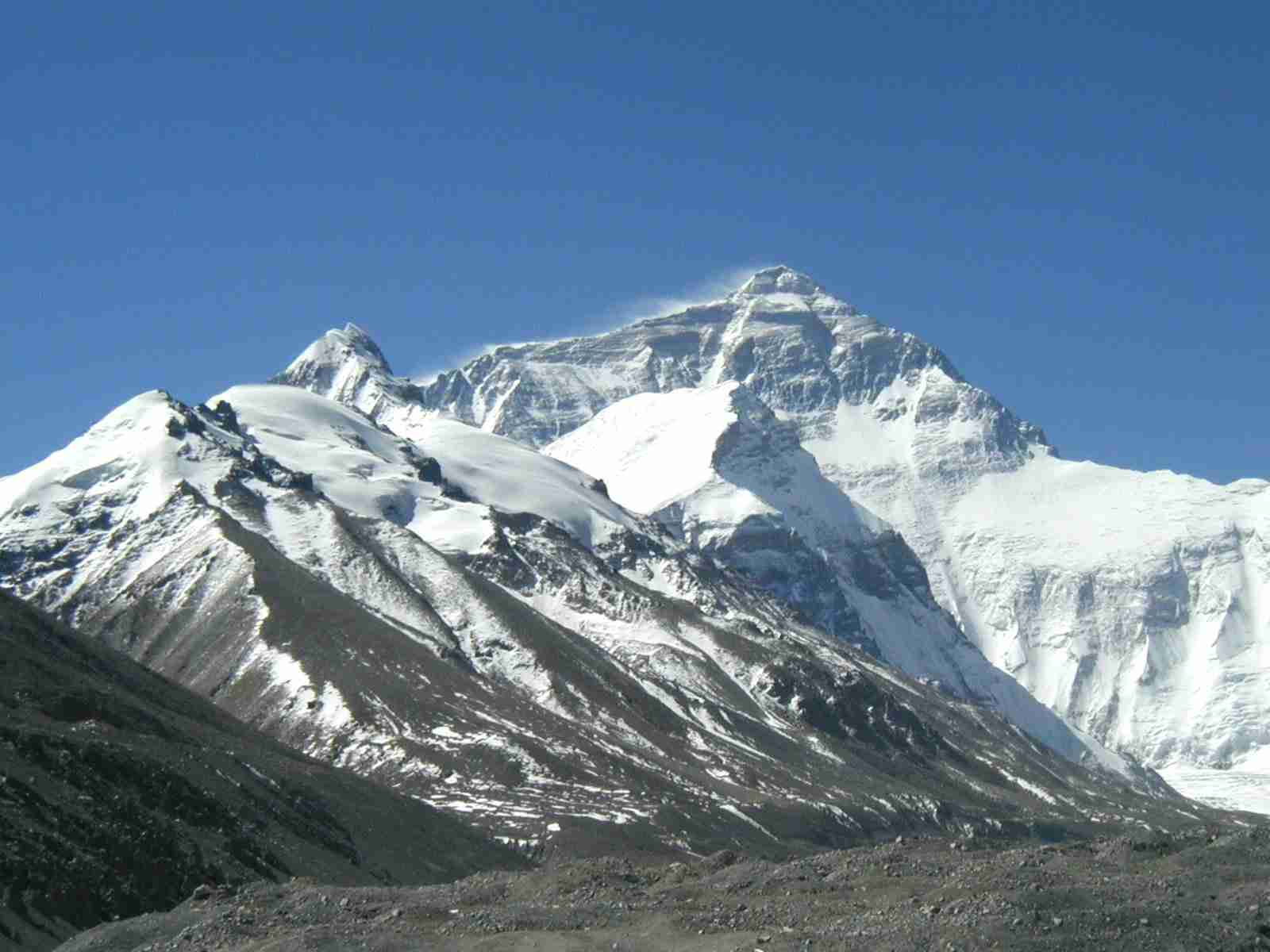
12 MONTHS, 12 MOUNTAINS
In celebration of World Mountain Day, we've created a calendar for the year to make it easy for you to plan your next mountain climb in the...
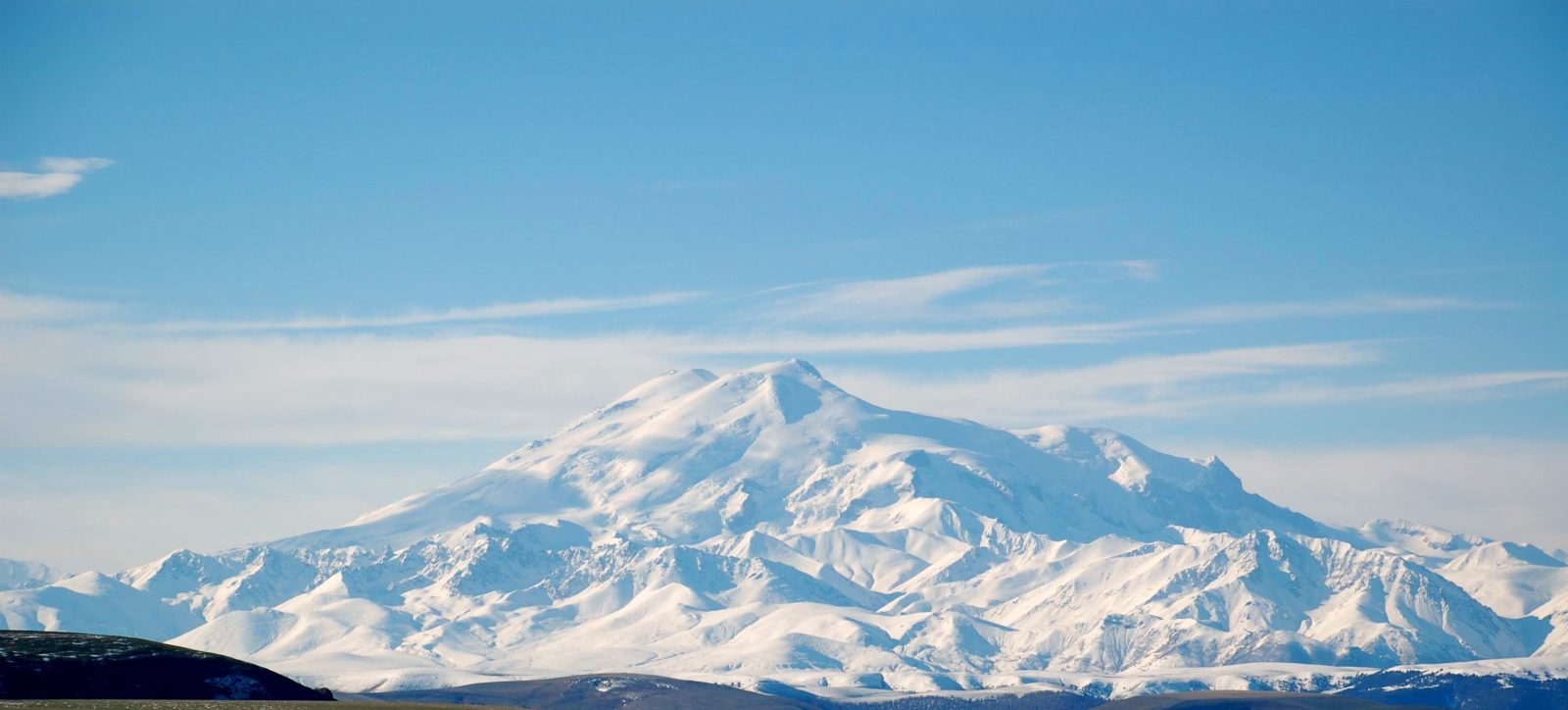
What’s The Highest Mountain in Europe?
Its summit is 18,510 feet (5642 meters) above sea level and it is located in Russia. However the mountain itself - including the glaciers...
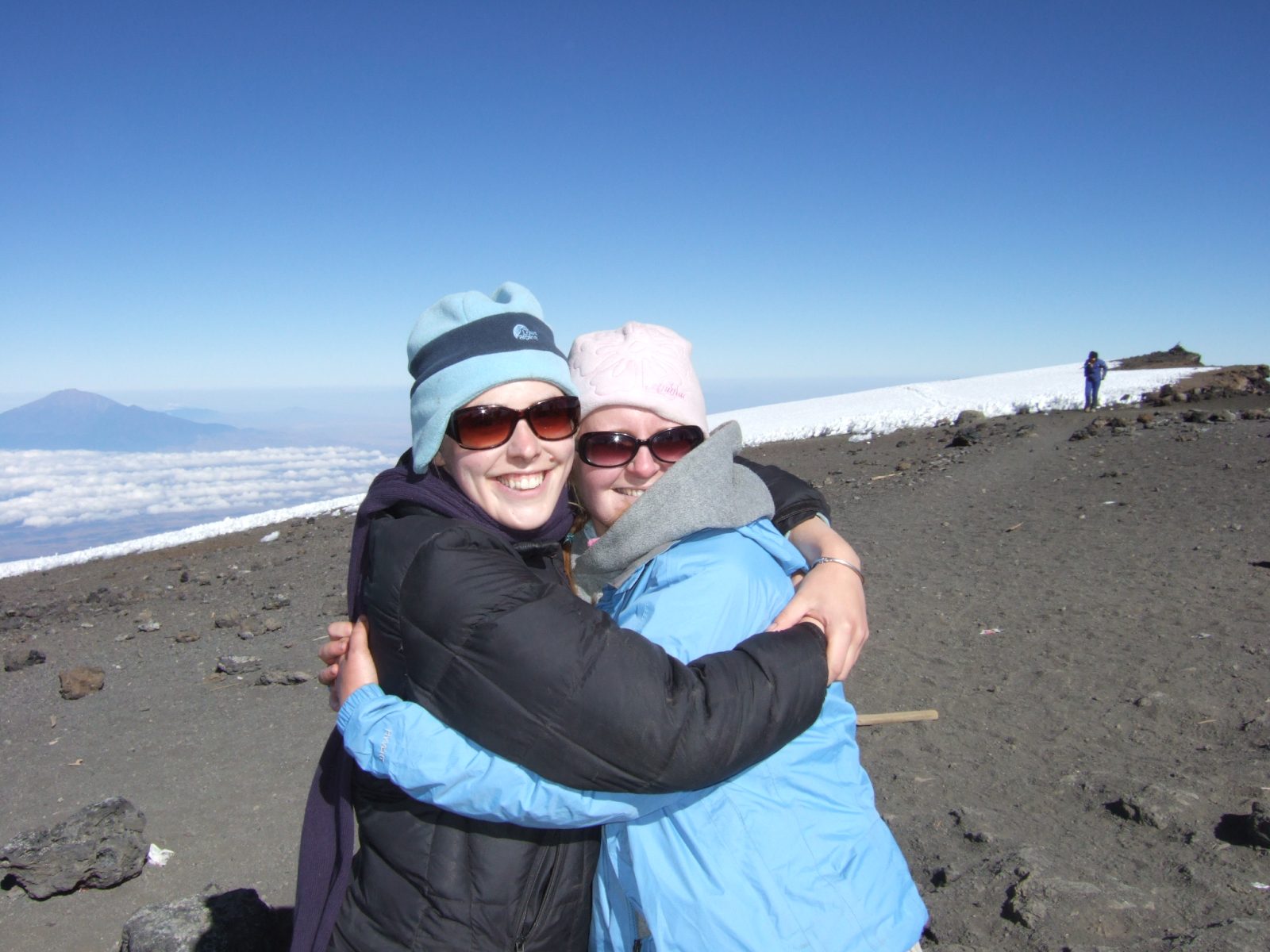
How can I Climb Kilimanjaro for Charity?
We often get asked, ‘how do I climb Mount Kilimanjaro for Charity?’ and the answer is easy, call us to have an initial talk about...
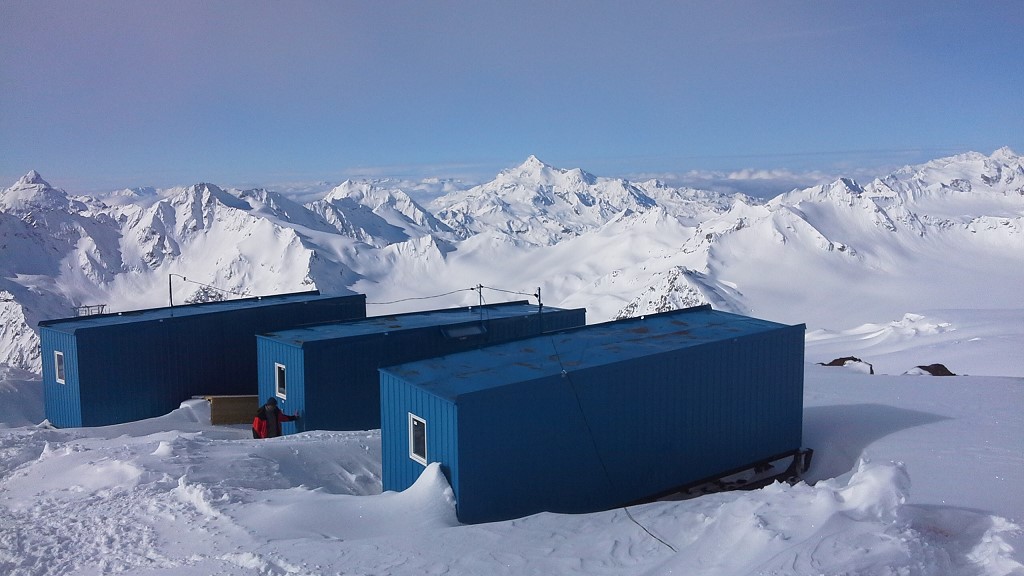
Huts on Mount Elbrus
Years ago when I was guiding clients with my Russian friend Sasha Lebedev to climb Mount Elbrus during the ‘perestroika’ period after...
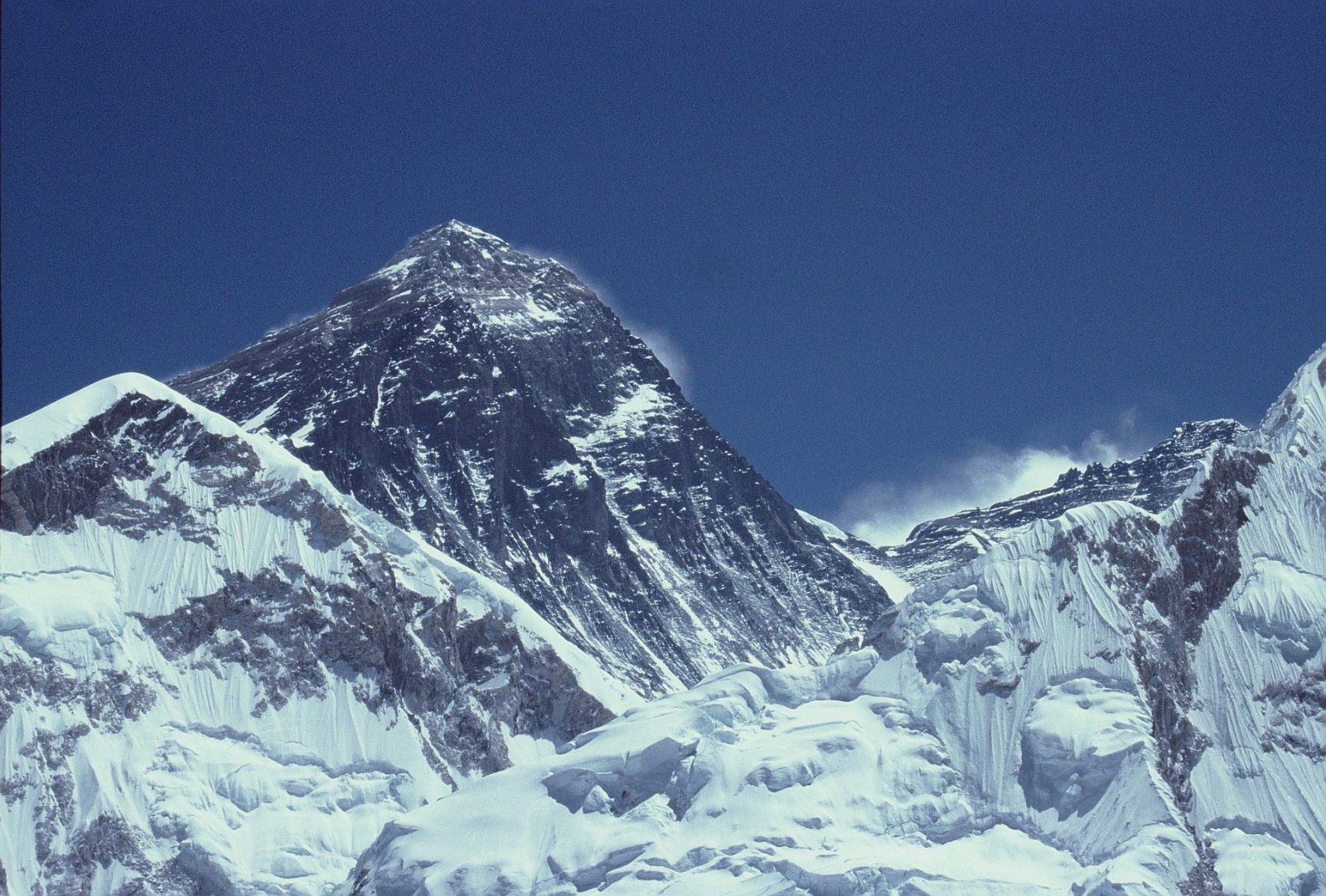
Faking Mount Everest?
An interesting story has come about towards the end of this years season on Mount Everest concerning the claim from an Indian climber that his...
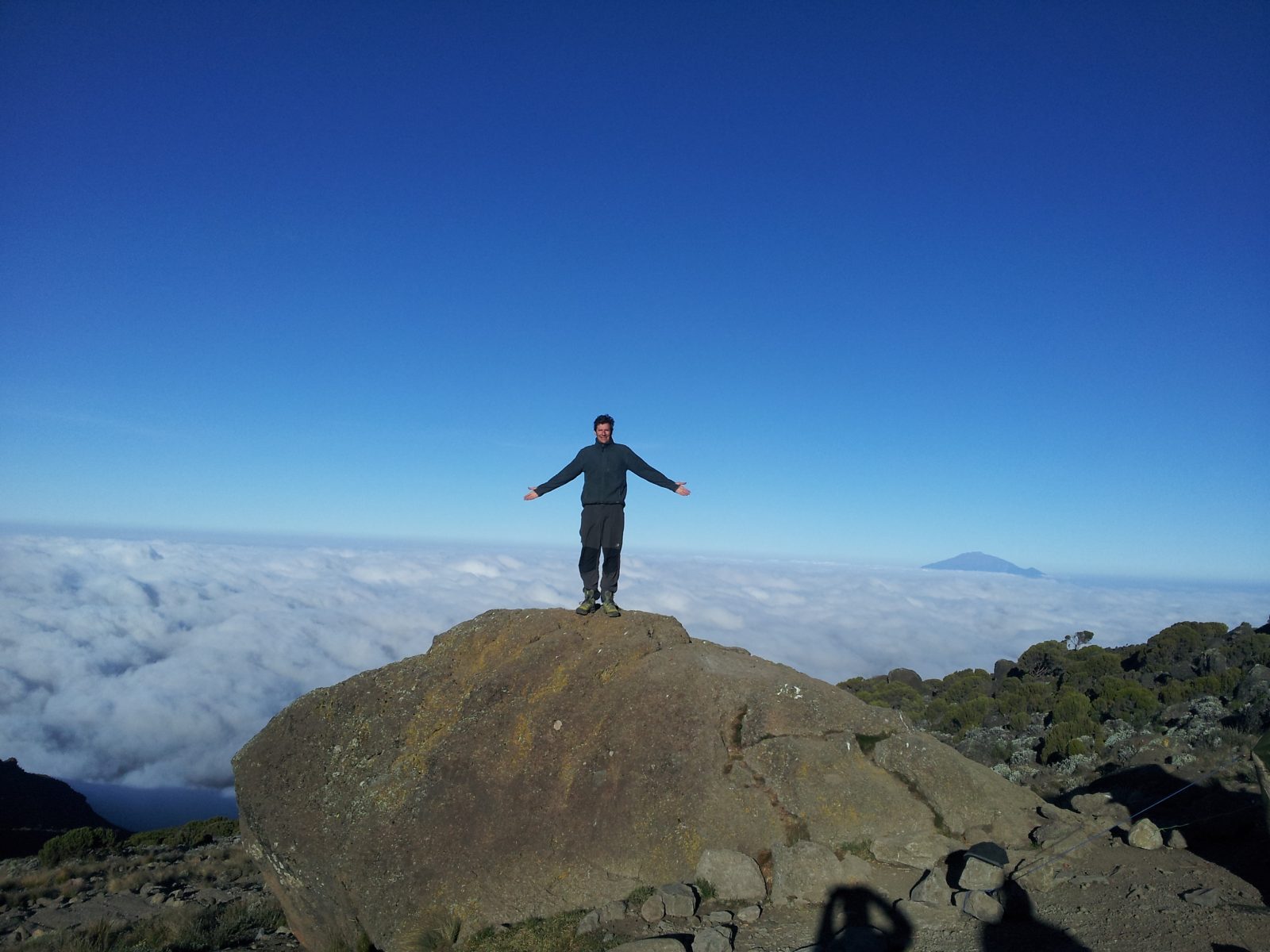
Kilimanjaro Diamox?
Regarding the use of Diamox on a Kilimanjaro climb, there is a tendency now for people to use it as a default drug in order to increase...
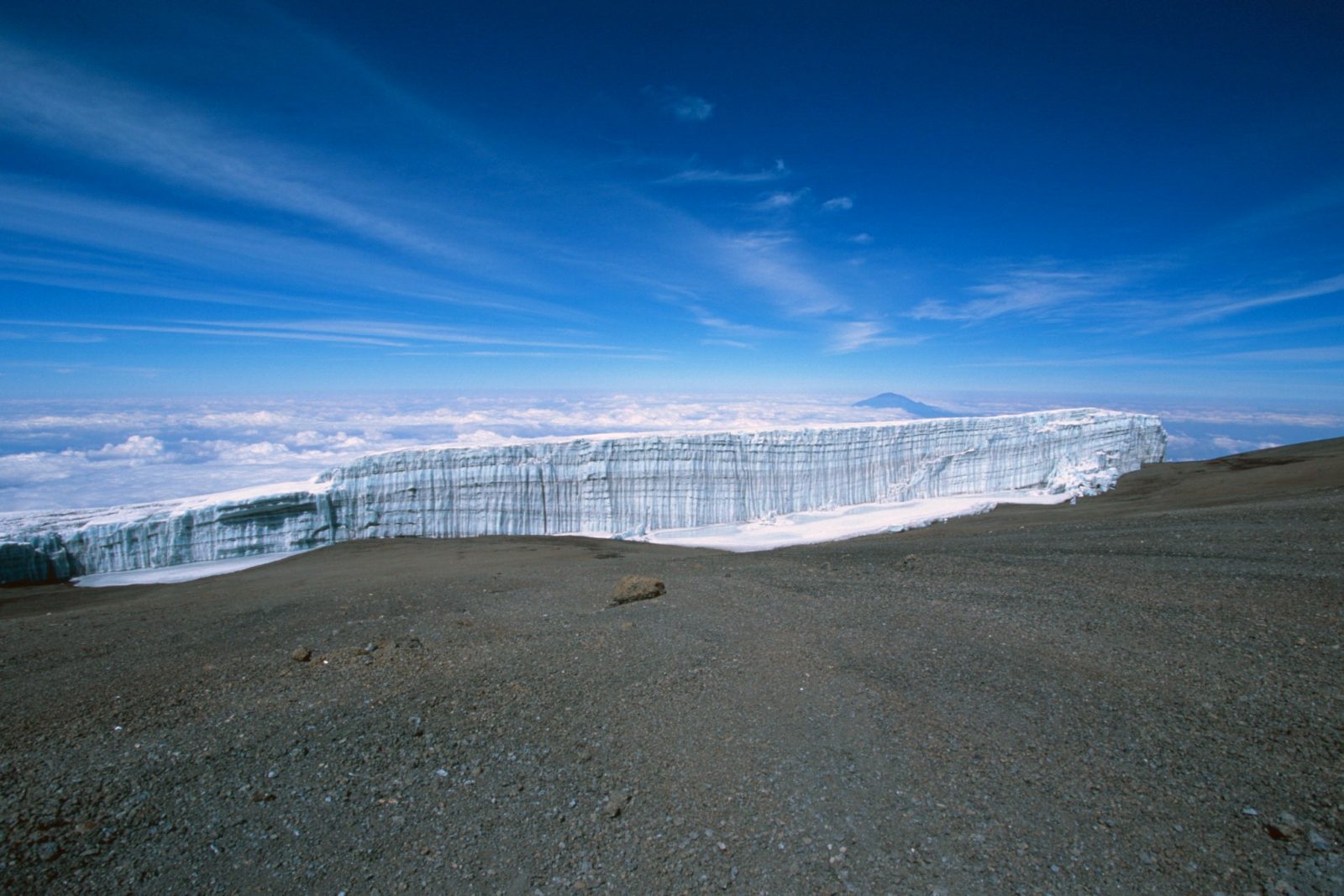
Weather and Seasons on Kilimanjaro
There is a magic about standing on the Roof of Africa. Mount Kilimanjaro, Africa's tallest mountain, stands 5895m above sea level. The climb...
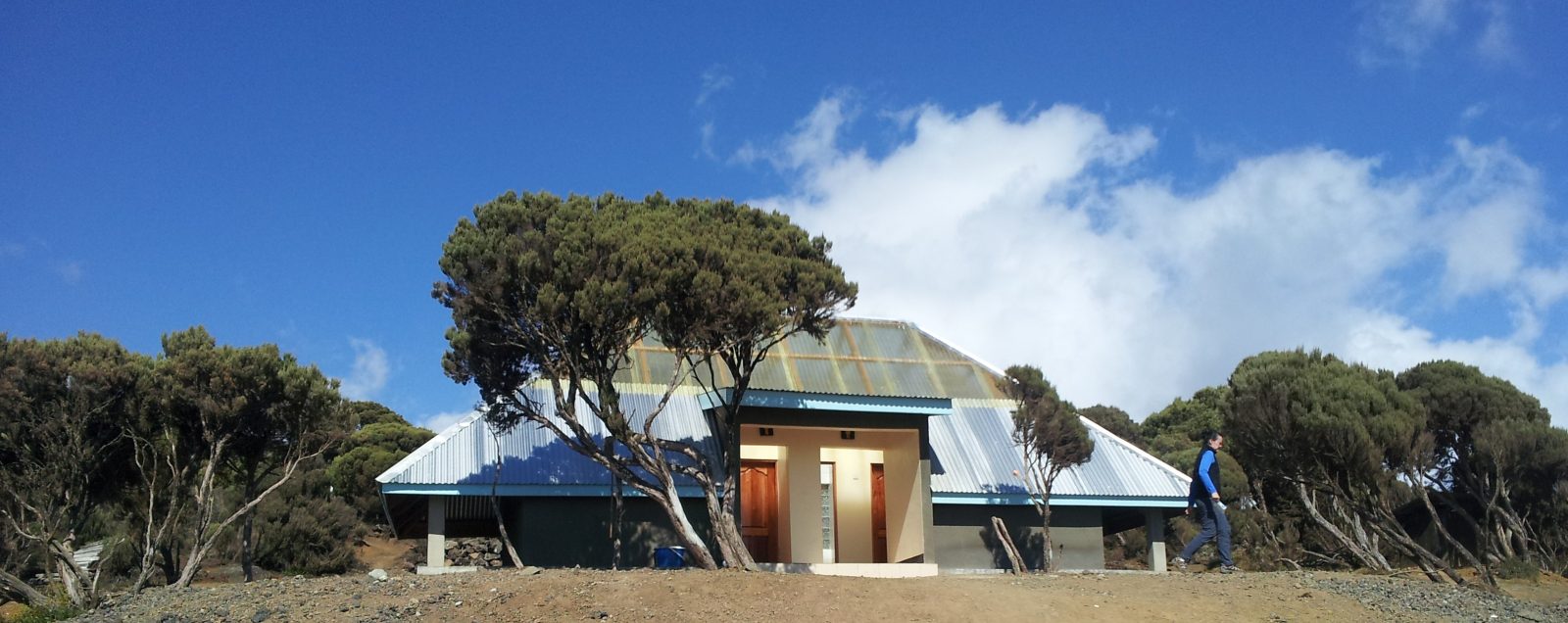
Toilets on Kilimanjaro
So we all need a wee and a poo, but strangely it’s a topic that’s never really gets mentioned in day to day life. However on Kilimanjaro,...
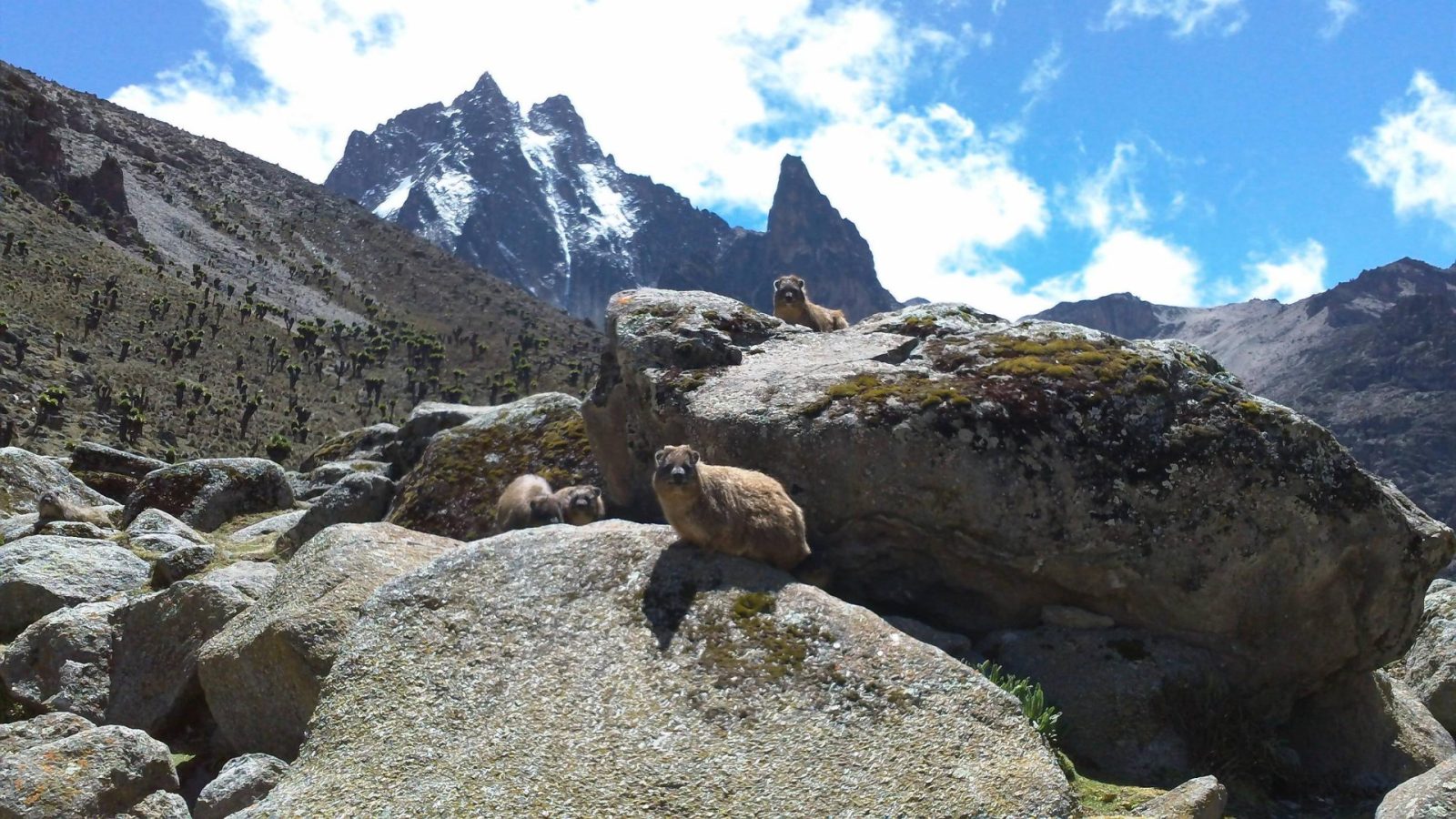
Top 5 Best Routes To Climb Mount Kenya
Mount Kenya is the second highest mountain in Africa with some incredible routes which can take you up and down in a variety of different ways yet...
